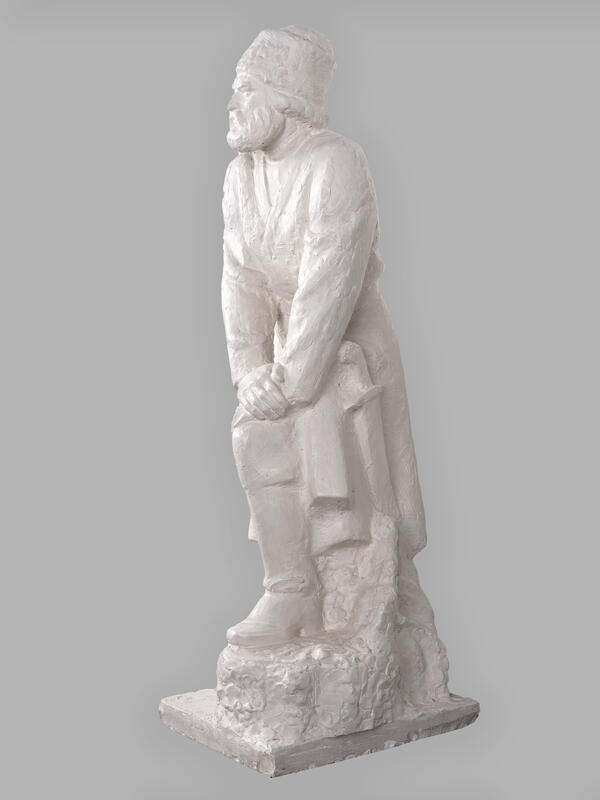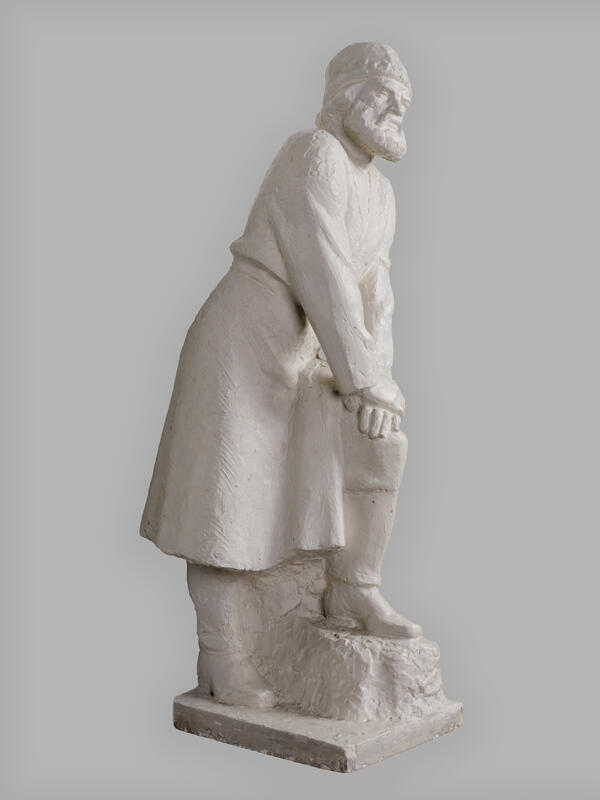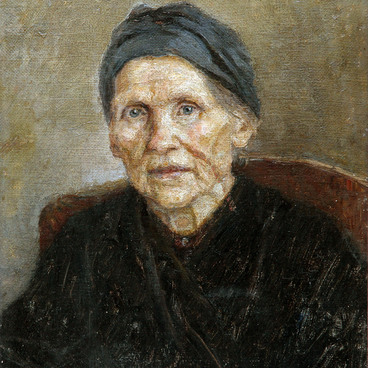Andrei Anufrievich Dubensky is the founder of the city of Krasnoyarsk, which started its history as Krasny Yar ostrog. He came from an ancient noble family that had served the Moscow Grand Princes since the 15th century. The Dubenskys served the state and were hereditary military men.
In 1623, Dubensky went to Yeniseysk to serve his distant relative, voivode Yakov Khripunov. At his request, Andrei Anufrievich traveled south to find a place to build a new ostrog. It was to become a reliable fortress and protect Yeniseysk from the attack of belligerent nomads — the Yenisey Kyrgyz.
Dubensky chose a place for the new ostrog at a distance of four days on horseback from Yeniseysk on a high flat promontory formed between the mouth of the Kacha River and the Yenisey. Andrei Dubensky made a drawing of the ostrog and wrote to tsar Mikhail Romanov in Moscow: “The place is good, high and beautiful. It is possible to build a sovereign’s ostrog in that place.” The tsar approved both the place and the drawing.
In 1627, a detachment of 303 Cossacks led by Andrei Dubensky left Tobolsk. In July 1628, the expedition arrived at the place chosen for the ostrog, and the Cossacks began building the fortress. The ostrog was built in less than two weeks.
Andrei Dubensky was in charge of the Krasnoyarsk ostrog from its foundation until 1631. Due to the intrigues of the Yenisey voivode and the meager tax collected from the local population, the ostrog was nearly closed, but it survived and gradually grew into a town. Andrei Dubensky served in Kurmysh district, where he had an estate granted for his service.
In 1982, the Krasnoyarsk sculptor Boris Musat
created a plaster sculpture of Andrei Dubensky. On August 30, 1997, a monument
to Andrei Dubensky by the sculptor Vladimir Girich and the architect Mikhail
Merkulov was unveiled in Krasnoyarsk. The statue of Dubensky is made of bronze
and stands on a high granite pillar, pointing to the place where the
Krasnoyarsk ostrog used to be. A small square with an observation platform is
arranged around the monument, offering a view of the city center at the place
where the Kacha flows into the Yenisey.




